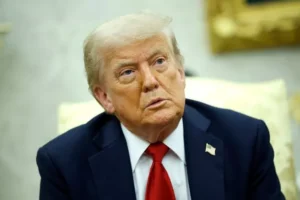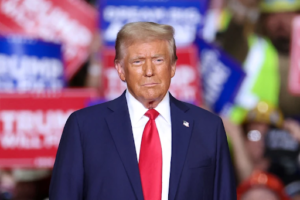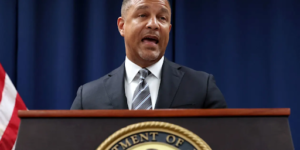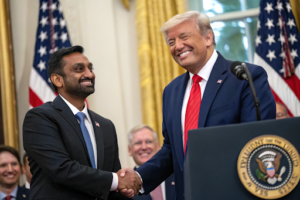Introduction
During his 2024 presidential campaign, Donald Trump made a bold promise: he would end the war in Ukraine within 24 hours of taking office. This commitment resonated with many of his supporters, who viewed him as a strong negotiator capable of brokering peace between Ukraine and Russia. However, as the months have passed, the reality of the situation has proven far more complex than Trump initially suggested.
Early Efforts and Initial Promises
After assuming office, Trump initiated back-channel discussions with both Ukraine and Russia in an attempt to mediate peace. Despite these efforts, it quickly became evident that a resolution was far from simple. Diplomats from both countries expressed skepticism about an immediate settlement, citing deep-rooted geopolitical tensions and the complexities of territorial disputes, especially concerning Crimea and the Donbas region.
Walking Back the 24-Hour Promise
As it became clear that ending the war was not a simple task, Trump adjusted his timeline. Instead of a 24-hour resolution, he extended the deadline to six months. This shift was met with criticism from both political opponents and international allies, who questioned the feasibility of his new timeline.
Trump later attempted to downplay his initial pledge, claiming that his 24-hour promise was meant to be “a little bit sarcastic.” This admission fueled further doubts about his strategy and raised concerns about the administration’s credibility in handling international conflicts.
US Mediation Efforts and Stalemates
Over the past two months, the U.S. has engaged in separate negotiations with Ukraine and Russia, aiming to find common ground for a ceasefire. While Russia has expressed tentative support for U.S.-led peace initiatives, its agreement has been laced with conditions that Ukraine finds unacceptable.
Some of the key sticking points include:
Russian Demands: Moscow insists on Ukraine recognizing the annexation of Crimea and parts of the Donbas region.
Ukrainian Stance: Kyiv refuses to concede territory and demands complete sovereignty restoration before engaging in any ceasefire agreement.
Western Influence: NATO allies, particularly the European Union, have expressed concerns over any settlement that might compromise Ukraine’s territorial integrity.
Trump’s Pressure on Ukraine
In an attempt to push Ukraine toward negotiations, Trump has made it clear that continued U.S. military support would be contingent on Kyiv’s willingness to compromise. This approach has alarmed Ukrainian officials, who argue that halting or reducing military aid would embolden Russian aggression and undermine their defense capabilities.
This stance has also led to divisions within the U.S. political landscape, with critics arguing that Trump’s pressure tactics could weaken Ukraine’s negotiating position and force an unfavorable settlement.
Russia’s Strategic Stalling
Despite signaling openness to U.S. mediation, Russia has consistently added conditions that complicate negotiations.
Vague Commitments: While Russia has agreed “in principle” to ceasefire discussions, it continues to delay substantive agreements by introducing new demands.
Military Strategy: Russian forces have maintained offensive operations, suggesting that Moscow sees military gains as leverage in negotiations.
Diplomatic Maneuvering: The Kremlin has used peace talks as a diplomatic tool to ease Western sanctions without making significant concessions.
Current Status and Future Prospects
As of now, there is no significant breakthrough in peace talks. The ongoing war continues to inflict heavy casualties and economic damage on both sides. The shifting dynamics of global politics, including NATO’s role and China’s influence, further complicate the resolution process.
While Trump continues to push for a resolution, the situation highlights the gap between campaign rhetoric and geopolitical realities. The war in Ukraine remains a complex issue that requires more than just bold promises to resolve. Whether Trump’s administration can achieve a meaningful peace agreement remains an open question, but for now, the war persists with no clear end in sight.

















